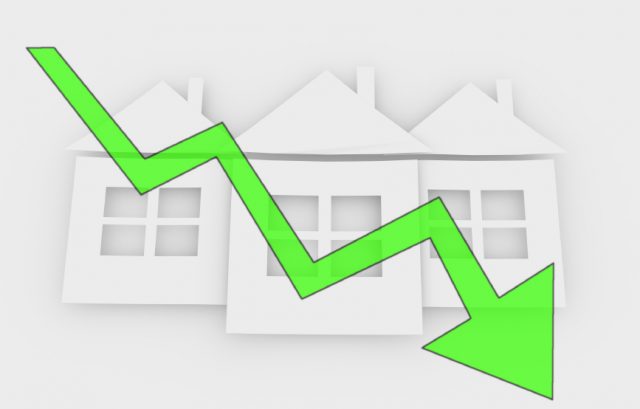Interest in Buy-to-Let Properties Falls by Over a Quarter
Interest in new buy-to-let property purchases fell by over a quarter in March, as the Stamp Duty deadline loomed, according to new data from Rightmove.
Inquiries dropped by 27% compared with March last year, reversing the upward trend recorded between December and February, when interest rose by 24% annually.
The Head of Lettings at Rightmove, Sam Mitchell, comments: “This waning of interest definitely seems to predict a slowdown in the buy-to-let market, but what’s not yet clear is if this will only turn out to be a short-term pause.
“It could be that some investors are waiting until the tax changes have had time to bed in before they review their business and continue to make purchases. If this removes some of the competition for smaller properties, then it could spell good news for many first time buyers.”1
76% rise in buy-to-let sales in March compared to the previous year, as landlords rushed to beat the Stamp Duty surcharge.
Rightmove also found that the average rental asking price increased by 0.8% in the first quarter of the year.
Average rents ranged from a huge £2,021 per month in London – a 1.6% rise on last year – to £538 a month in the North East – down 0.5%.
However, some of Rightmove’s figures contrast with newly agreed actual rent figures released by HomeLet.
HomeLet’s research shows that the average rent in the capital is now £1,536 – up by 7.7% over the past year – and for the rest of the UK (excluding London), the average rent is £755 per month.
In the North East, however, Rightmove and HomeLet figures are only £7 apart, with HomeLet reporting £531 a month.
HomeLet’s study also found that in March, 37% of its insurance policies were bought by landlords with new properties. This was just 24% last year.
The CEO of Barbon Insurance Group, Martin Totty, says: “We’ve continued to see increases in rents on new tenancies in almost every part of the UK during the first quarter, as the private rental market has responded to the pressures of an imbalance between demand and supply.
“However, external factors may now come into play: the Stamp Duty increase has already had an impact and that surge in the acquisition of property by landlords could now cause a short-term increase in the supply of rental property in some areas of the country. In the longer term, changes to rules around buy-to-let mortgage interest being offset against tax bills, coupled with the Bank of England’s instruction to lenders to apply more exacting criteria on buy-to-let lending, may have a limiting effect on supply.
“The data from the HomeLet Rental Index will be eagerly anticipated over the next few months as an indicator of the impact these changes may have on the market. However, despite these factors, we expect the private rental sector to continue to play a crucial role in a housing market where population growth will continue for the foreseeable future, according to official projections.”2
We will continue providing you with landlord updates on all the goings on of the market.
1 http://www.propertyindustryeye.com/interest-in-buy-to-let-purchases-drops-off-by-over-a-quarter/
2 https://www.landlordtoday.co.uk/breaking-news/2016/4/london-rents-7-7-up-on-last-year








